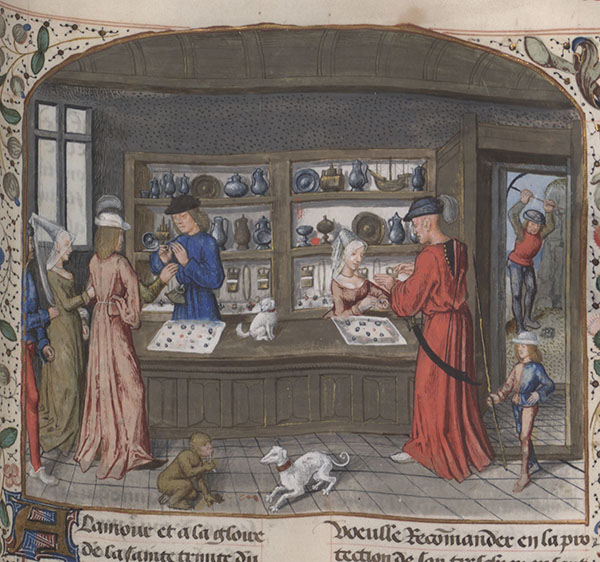- Download:
- MP3 Audio47 MB

As we kick off the New Year, we take a brief diversion from our Medieval True Crime miniseries to explore the world of precious stones and the extraordinary properties attributed to them through a look at the Lapidary of Marbodus and a couple of other short texts.
Today’s Texts
- Shackford, Martha Hale, editor. Legends and Satires from Mediæval Literature. Ginn and Company, 1913. Google Books.
- Marbodus. The Lapidarium of Marbodus. Translated by C.W. King. In C.W. King, Antique Gems, Their Origin, Uses, and Value as Interpreters of Ancient History; and as Illustrative of Ancient Art, John Murray, 1860, pp. 389-417. Google Books.
References
- Doyle, Arthur Conan. “The Adventure of the Blue Carbuncle.” The Adventures of Sherlock Holmes. Project Gutenberg.
- Duffin, Christopher John. “Chelidonius: The Swallow Stone.” Speculum, vol. 124, no. 1, Apr. 2013, pp. 81-103. JSTOR.
- Holmes, Urban T. “Mediaeval Gem Stones.” Speculum, vol. 9, no. 2, Apr. 1934, pp. 195-204. JSTOR.
Image: Illustration of a jewel merchant from a manuscript of the Lapidary of Jean de Mandeville, ca. 1480, in Bibliothèque nationale de France, MS Français 9136, f. 344r.





Recent Comments